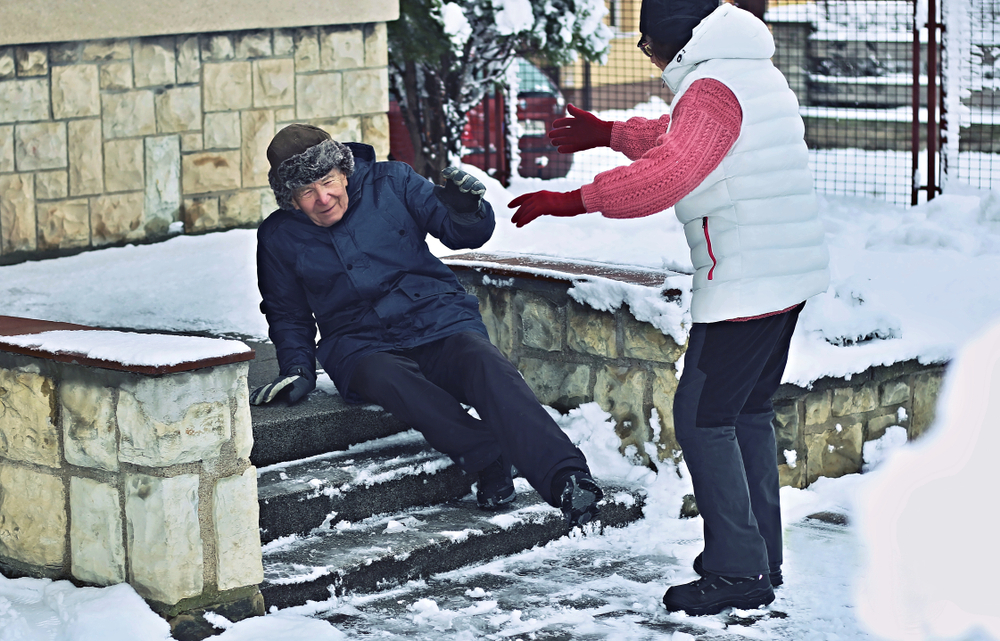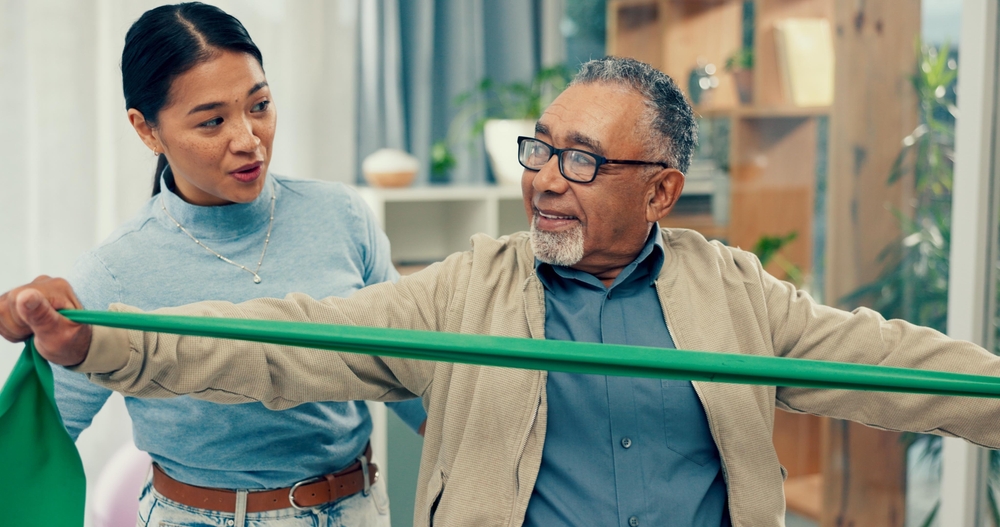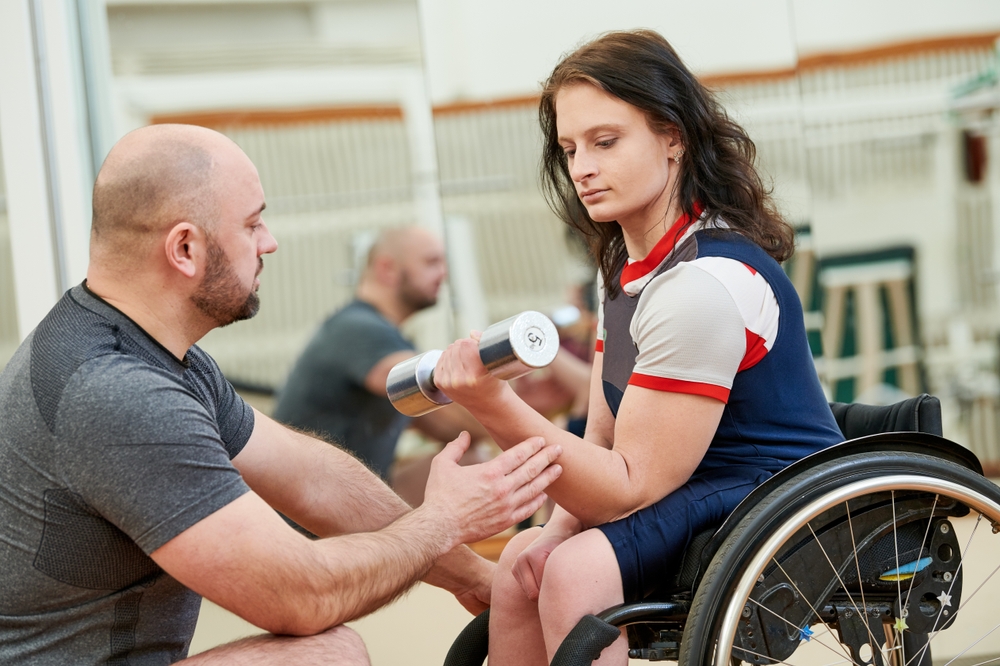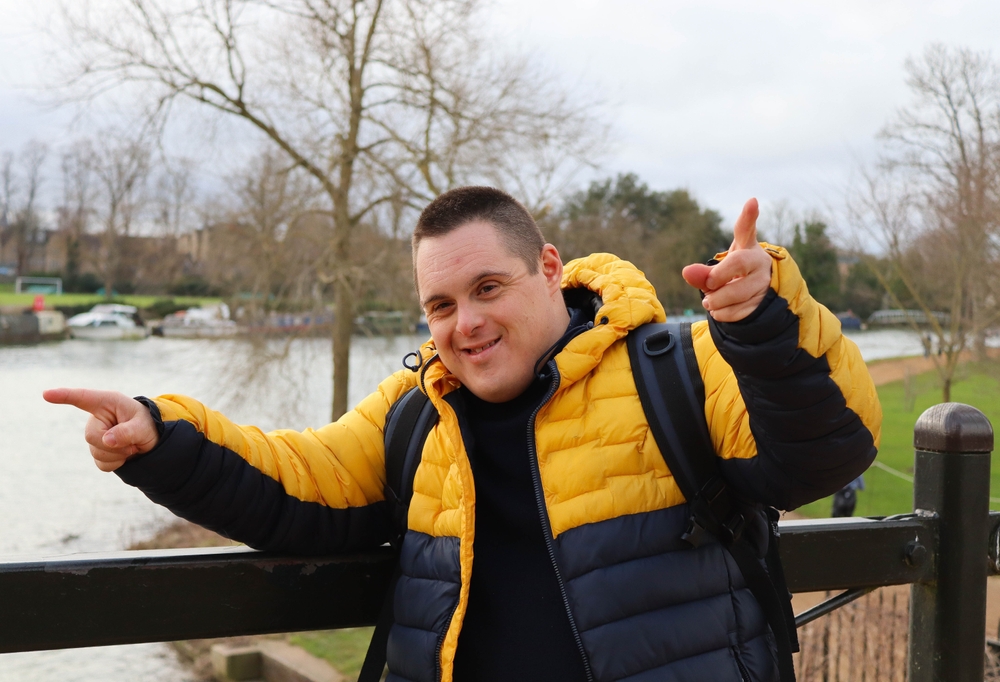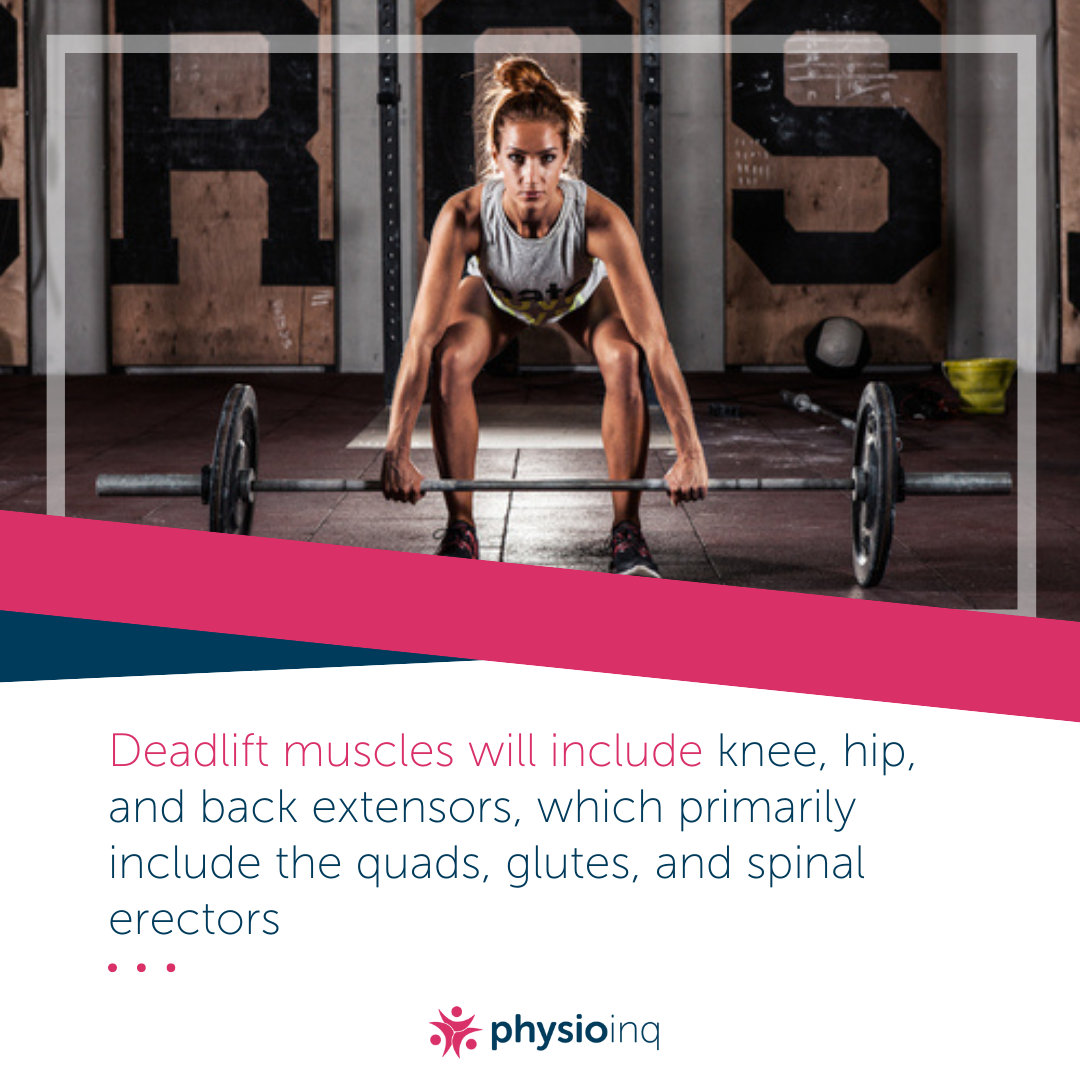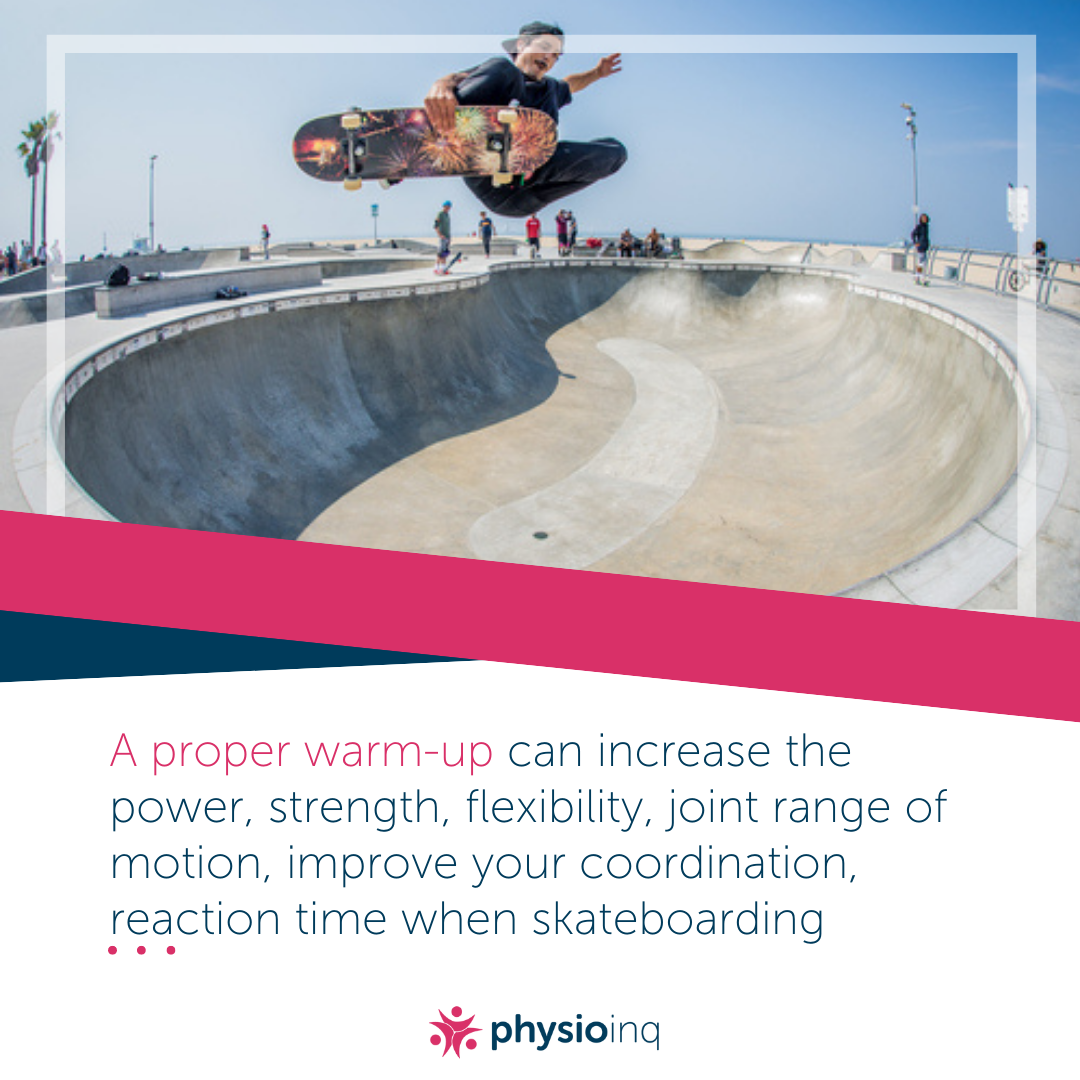Make an Appointment
What is Quadriplegia?
Quadriplegia, also known as tetraplegia results from injury or illness to a human and involves victim total or partial paralysis or inability to use all four limbs and the torso. Sensation and actual control are usually lost. If a human was to suffer neck or cervical injuries, they could also lose sensory and motorized use of all four limbs. In Europe, the word tetraplegia is used more commonly than in Australia. To put it simply, either of the terms refer to the “paralysis of all four limbs”. Paraplegia is a similar term but involves the paralysis of the lower limbs or extremities and in some cases the trunk a part or all of the trunk.
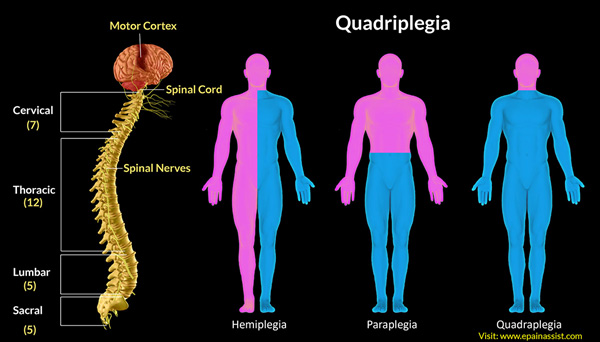
Causes of Quadriplegia
Brain or spinal cord damage causes quadriplegia and usually occurs when there is damage to the spinal cord in the cervical region of the vertebral column. Nerve fibre injury degree is also a determinant of complete or partial damage to the spinal cord. If an injury is incomplete, sensational and movement abnormalities may result, but permanent paralysis occurs if the injury is complete. What this means is that there is total discontinuation of flow of information.
Complications from Quadriplegia
Complications could include;
Respiratory problems
Pain
Related injuries
Automatic dysreflexia
Blood clots
Loss of bladder and bowel control
Spastic muscles
Pressure Sores
Spinal Cord Injury (SCI) Statistics in Australia
Australia’s method of collecting SCI data is not quite accurate but according to Spinal Cord Injury Network, more than 10,000 people live with spinal cord injury in Australia. According to the Australia Spinal Cord Injury Registry, reported cases of SCI are 84% for male and 18 % for female with teenagers and young adults between the ages of 15 to 24 years accounting for 30% of reported cases. For traumatic cases, motor vehicle associated incidents account for 46%, 28% are “fall” related, while 18% and 8% account for accidents from moving objects, water-related, and leisure activities respectively. Non-traumatic cases are as a result of genetic disorders, degenerative spinal conditions, vascular disorders, and cancerous lesions.
Quadriplegia: Members of the Rehabilitation Team
Treating or taking care of patients or victims of quadriplegia is subject to the nature and severity of the individual’s condition and it involves addressing functional loss and feeling in specific areas of the body and may include organ function impairment or loss.
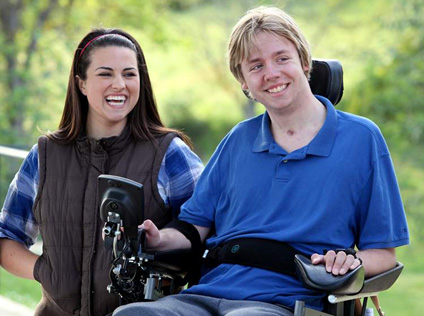
About 42% of Individuals with SCI are limited in their ability to move around and perform daily activities and therefore usually require help. But those individuals who suffer lower levels of injury need less assistance.
Taking care of a quadriplegic usually involves many stages. But each act of care is usually interrelated. Neurologists, Occupational Therapist, Physical Therapists, Respiratory Therapist, their assistants, Nurses, Nurse Practitioners, Speech/Language Pathologists, Psychologists, Social workers, Paid Care Givers, and family members are usually involved in the many aspects of caring for SCI patients. Each situation is peculiar.
Neurologists: make a diagnosis and treats diseases related to quadriplegia, paraplegia – and others related to the spinal cord, brain, peripheral nerves, spinal column, and nervous system.
Physiotherapist: works to maintain activity in the muscles and keep them strong. Even if the case is an extreme one, the dormant muscles still need exercise for body support.
Occupational Therapist: Have been trained and have the skill and education required to perform the task of taking care of SCI patients. They collaborate to facilitate achievement by goal setting while taking into context social, physical, and occupational factors; provide care that starts from the ICU through to acute hospitalization.
Psychologists: dealing with SCI can be devastating for the individual as well as family members. Psychologist helps the individual handle emotional and behavioural issues. They also deal with any potential cognitive dysfunction of the newly injured patient.
Nurses: help to rehabilitate patients by working with them on problems related to bowel or bladder dysfunction including the managing of pressure ulcers.
Speech/language pathologist: a licensed therapist helps the patient manage issues with communication, speech and language disorders, and swallowing problems.
Social workers and case managers: interface between the patient and family members, the rehabilitation team and payer source.
Members of the rehabilitation team are supervised by physiatrist and although each member has an assigned primary role, a properly functioning team usually has interdisciplinary members who can take part in resolving problems. Therapy continues in outpatient settings, allowing patients to improve on their newly acquired skills; venture new challenges, and increase participation in every aspect of life.
Are you still on the lookout for an Experienced NDIS provider? Developing a vibrant long-term relationship is key. Physio Inq has fully accredited NDIS Healthcare service across Australia that commits to the wellbeing of their clients with disabilities. Our therapists are warm, welcoming and are especially focused on communication, care and understanding in the pursuit of your goals. The National Disability Insurance Scheme was developed to provide long-term care, and our healthcare practitioners share the same goal.
We have a team of In Home Physiotherapists, Occupational Therapists & Exercise Physiologists right across Australia. To access them you can contact us by phone on 1300 731 733 or find a your nearest Physio Inq clinic or mobile location
Live a life with less limits
Date Published: Tuesday, April 18, 2017
Locate a NDIS Physiotherapy
Service Near me
Get the experience & convinence you deserve to support your or a loved one's allied health needs.
Our NDIS Physiotherapy team are currently serving & taking appointments in the following states and regions in Australia:
Need to get into direct contact with ur Client Services team? We're all ears. Call our team directly on 1300 731 733




